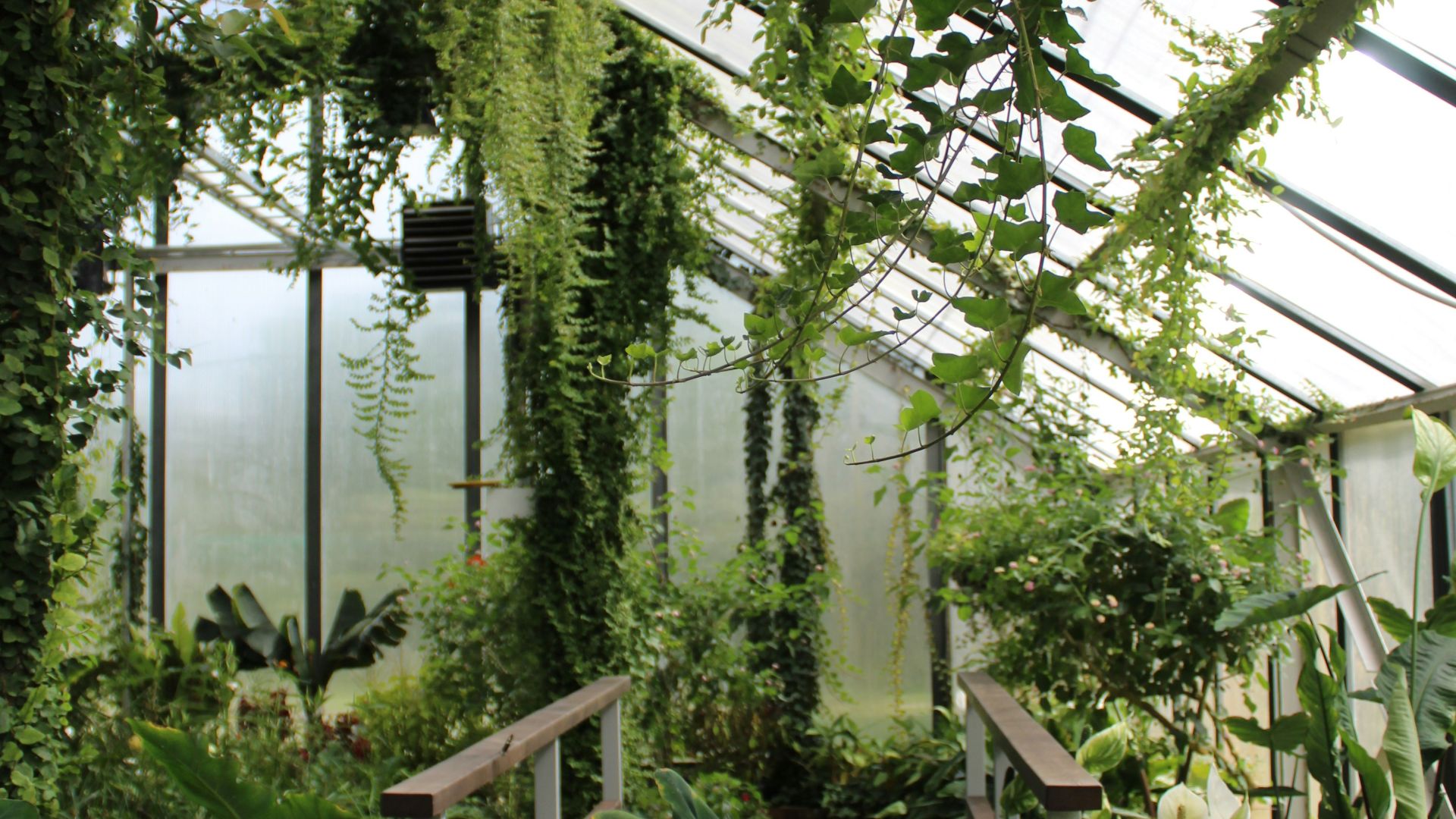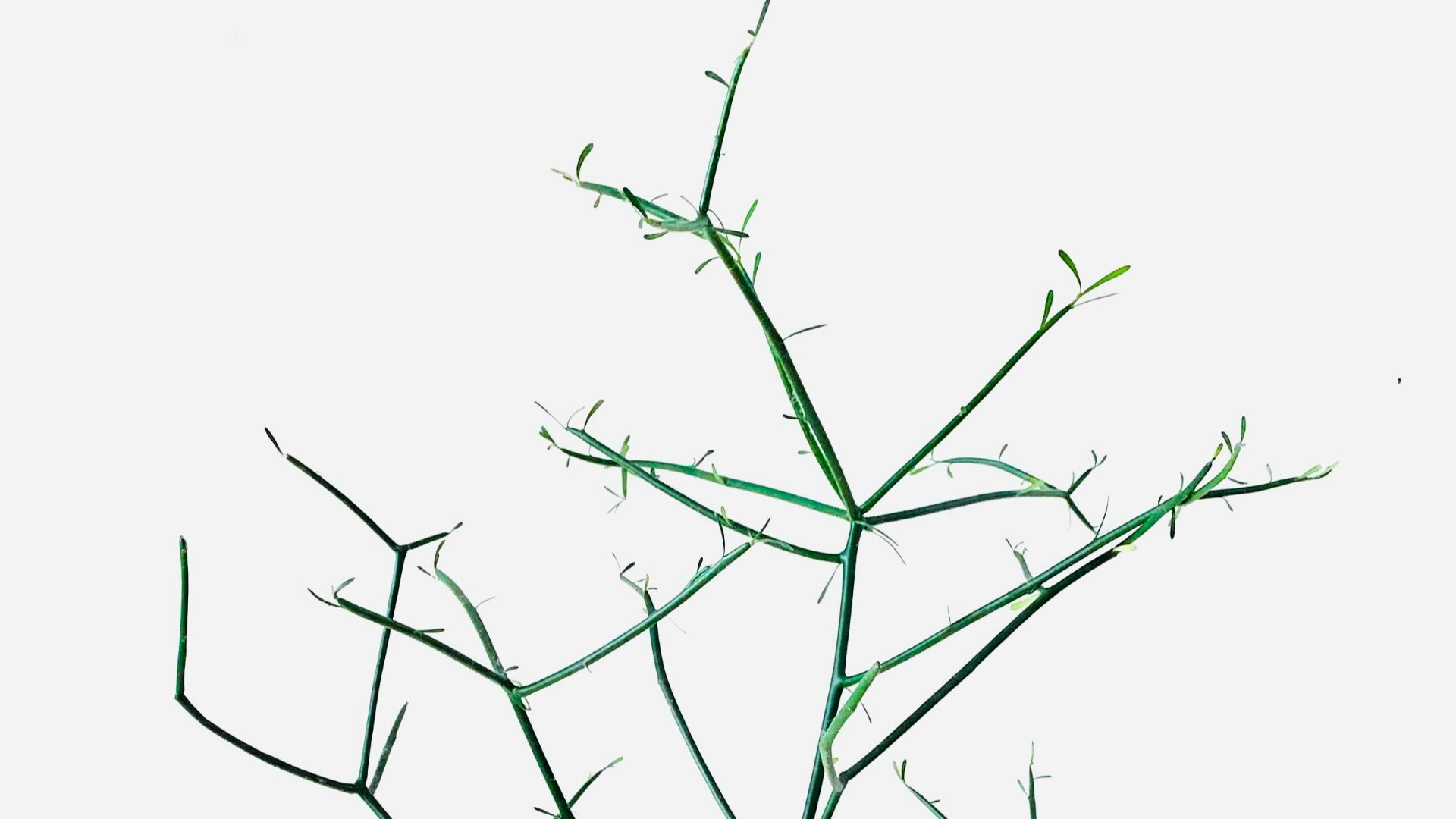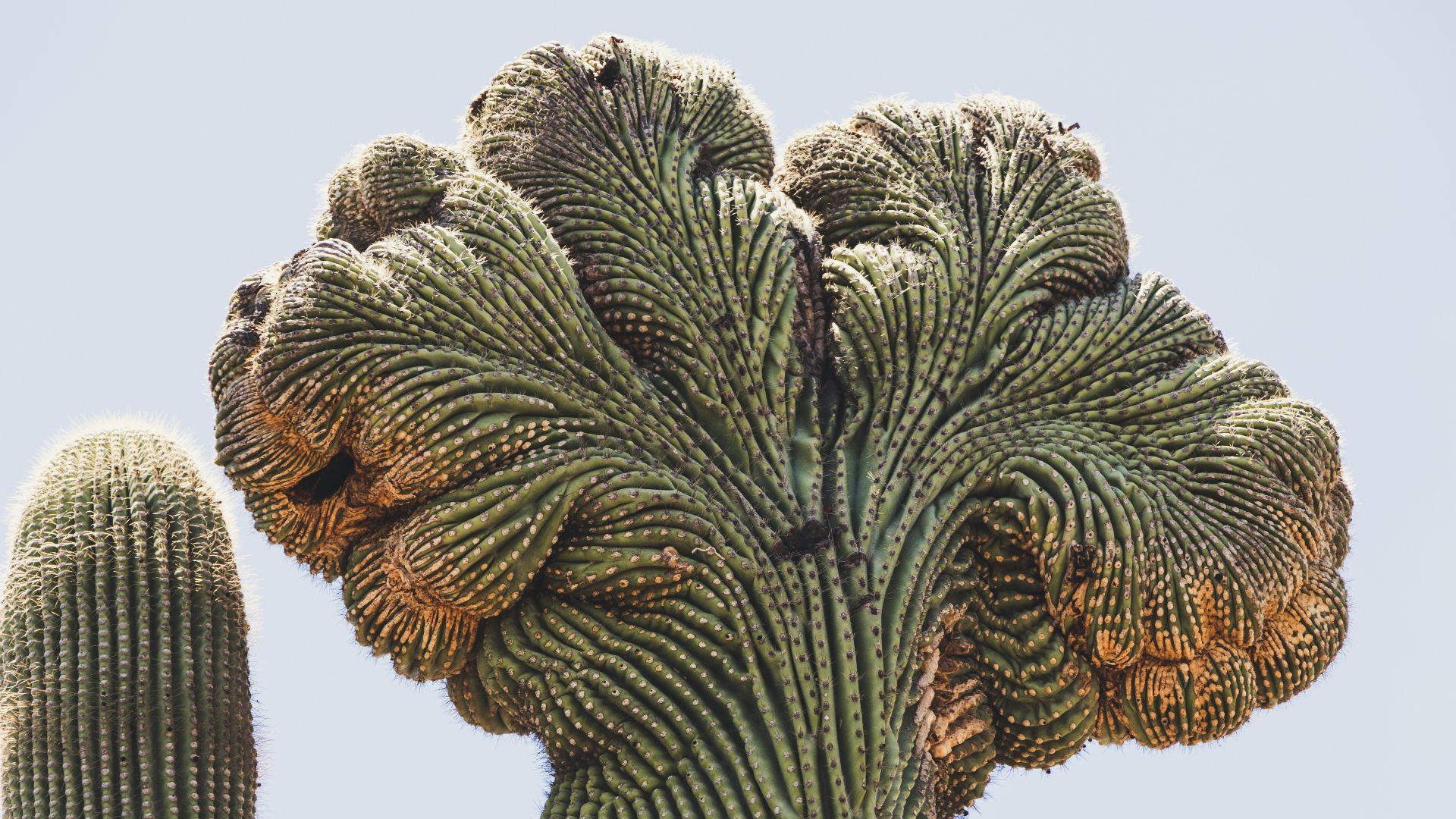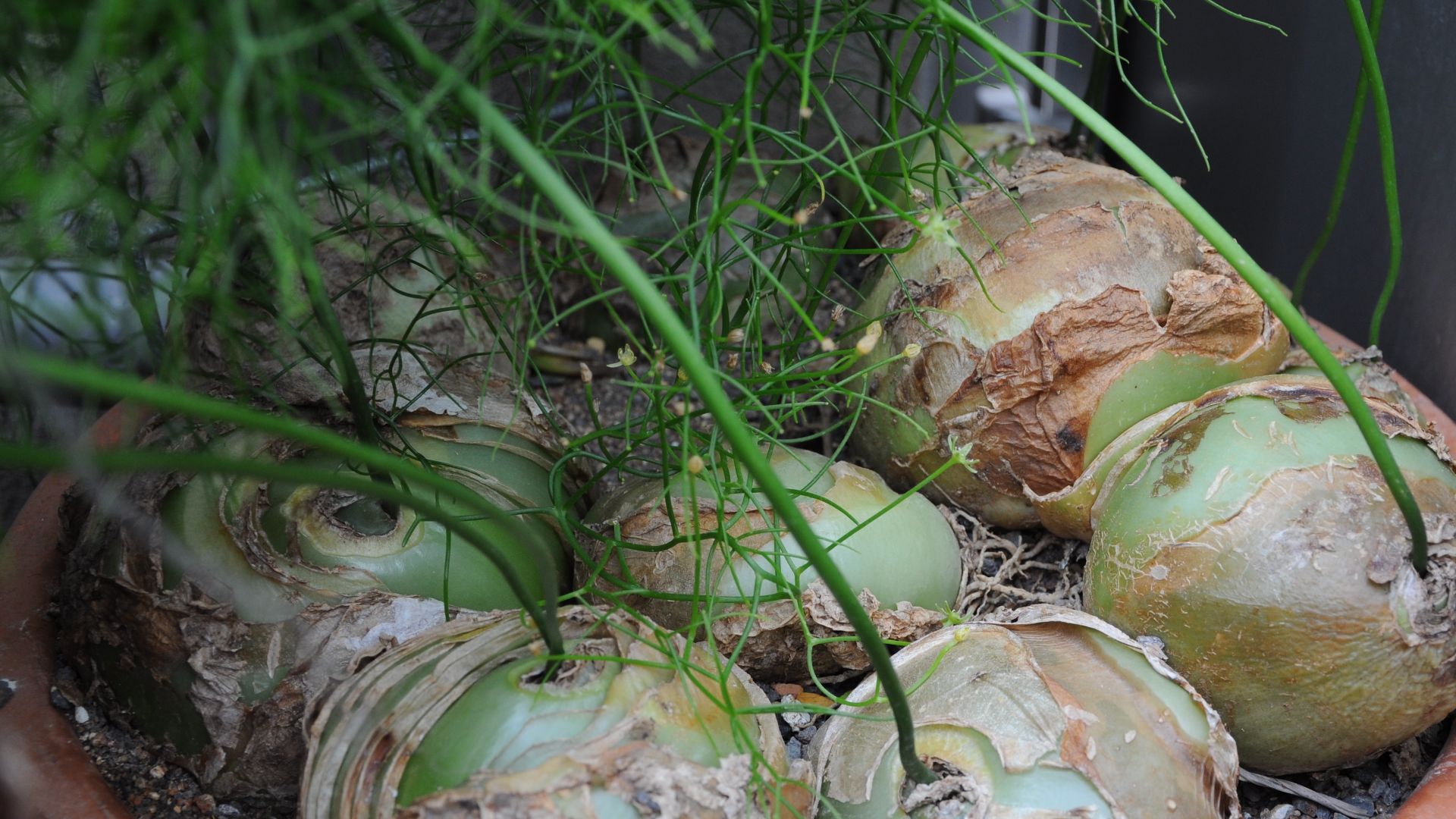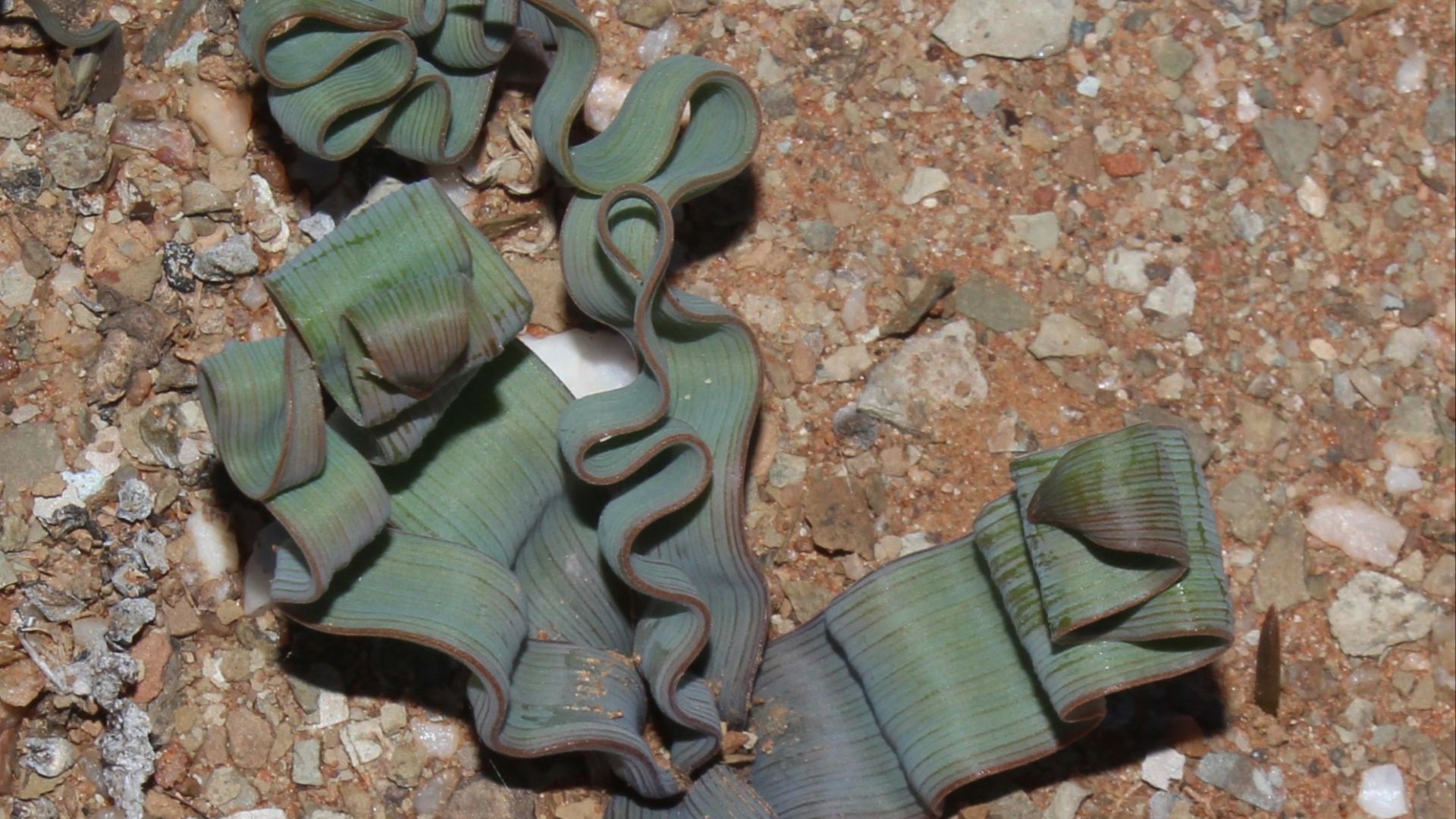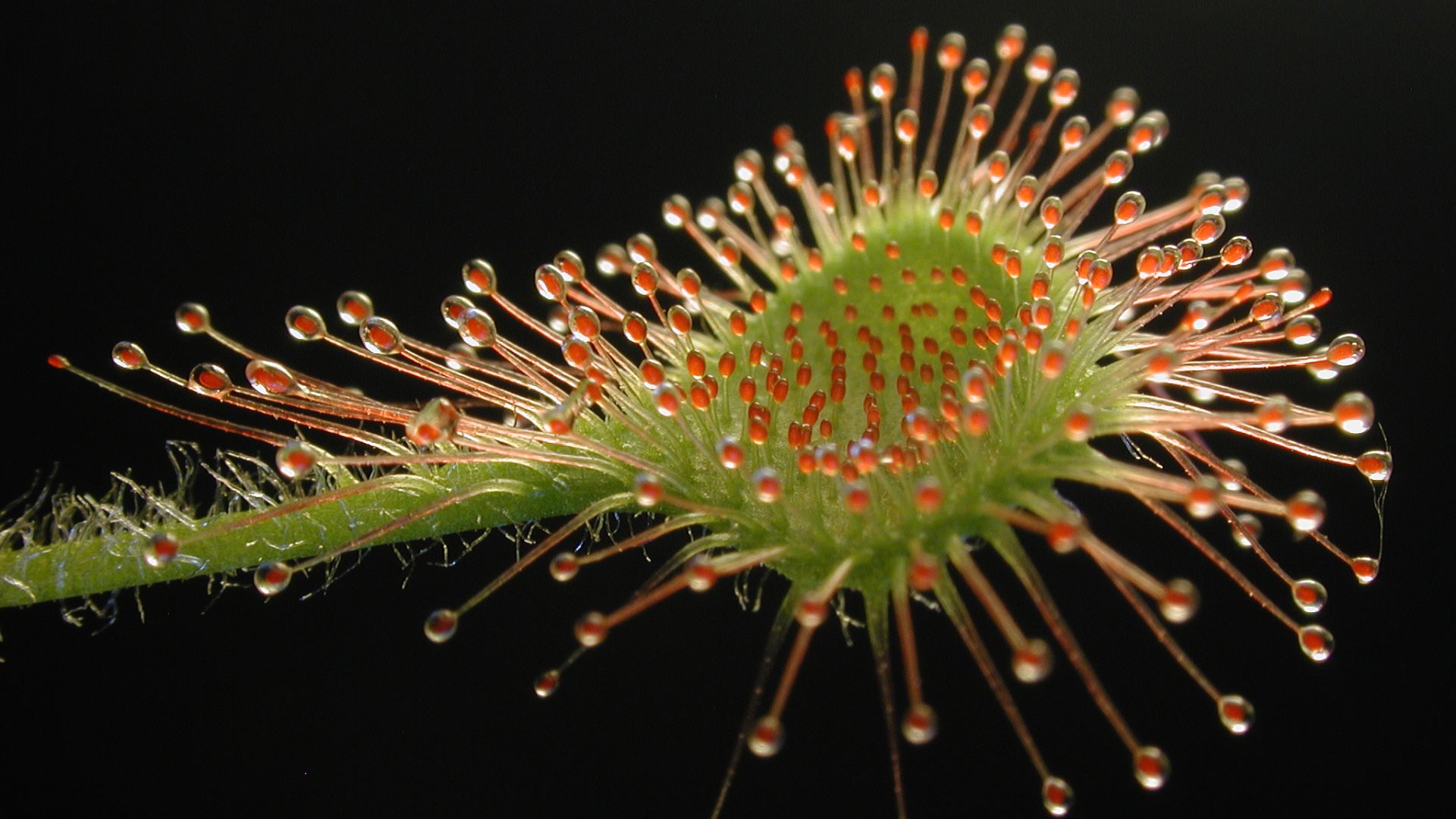Plant Parents, Gather ‘Round
Everyone has caught on to the spider plant/pothos/succulent trend, as we try to green up our homes with easy-to-maintain flora. But you’re not like everyone else, are you? You like to keep things fresh, try new things, and grow plans that most folks won’t ever come across. You’re setting new plant parent trends before the old ones can be established, and we love that about you.
1. Living Stones
Have you ever thought, “I really want a bunch of succulents that look like the human brain.” No? We’re here to change your mind. Living Stones, or Lithops, are teeny tiny succulents native to Africa. They are very slow-growing, but truly look like little pebbles when they reach maturity.
2. Nepenthes Gaya
If Venus flytraps aren’t doing it for you, this plant surely will. The Nepenthes Gaya sports 6-inch-long pitchers with red-orange splotches. It was created back in 2004 as a hybrid between Nepenthes khasiana, N. ventricosa, and N. maxima. You’ll get a gorgeous plant and a fly catcher to boot.
3. Pencil Cactus
The Euphorbia tirucalli is a unique cross between the upward growth of a cactus with the softness of a succulent, giving its branches a familiar, pencil-like shape. This plant can grow up to 6 feet tall within the home, but can reach up to 30 feet tall in its natural habitat.
4. Blushing Bromeliad
The Bromeliad Neoregelia is a stunning little plant that almost looks like a palm tree. It often has light green leaves, but the pièce de resistance is its rose-colored center. These plants make for beautiful perennials, but also do quite well in the home.
5. Coral Cactus
If you have ever wanted a plant that reminds you of broccoli, then this plant is for you. While it gets its name for its cactus-like stature, the coral cacti is actually composed of two kinds of succulents, the Euphorbia lactea and the Euphorbia neriifolia. You can find this low-maintenance plant in several color options, with the crest ranging from green to blue to white.
6. Tillandsia Cacticola
This rare air plant has fuzzy, silver leaves with lavender blooms. It's highly sought-after in growing communities, and it's relatively easy to grow. This plant is an excellent choice for anyone looking to expand their in-home garden or those who are interested in growing rarer plants.
7. Ruffled Fan Palm
The Licuala grandis is a short palm tree with wide, pleated leaves. It has a gorgeous green hue, reflecting the tropical forests that it calls home. This plant can grow up to 15 feet tall outdoors, but will reach a manageable 5 to 6 feet tall inside.
8. Prince Of Orange
Sporting a wide variety of colors from sunburst yellow, orange, copper, and dark green, this Philodendron hybrid is the statement piece for any home grower. It only reaches around 2 feet tall when grown indoors, and requires bright, indirect light to keep its leaves nice and colorful.
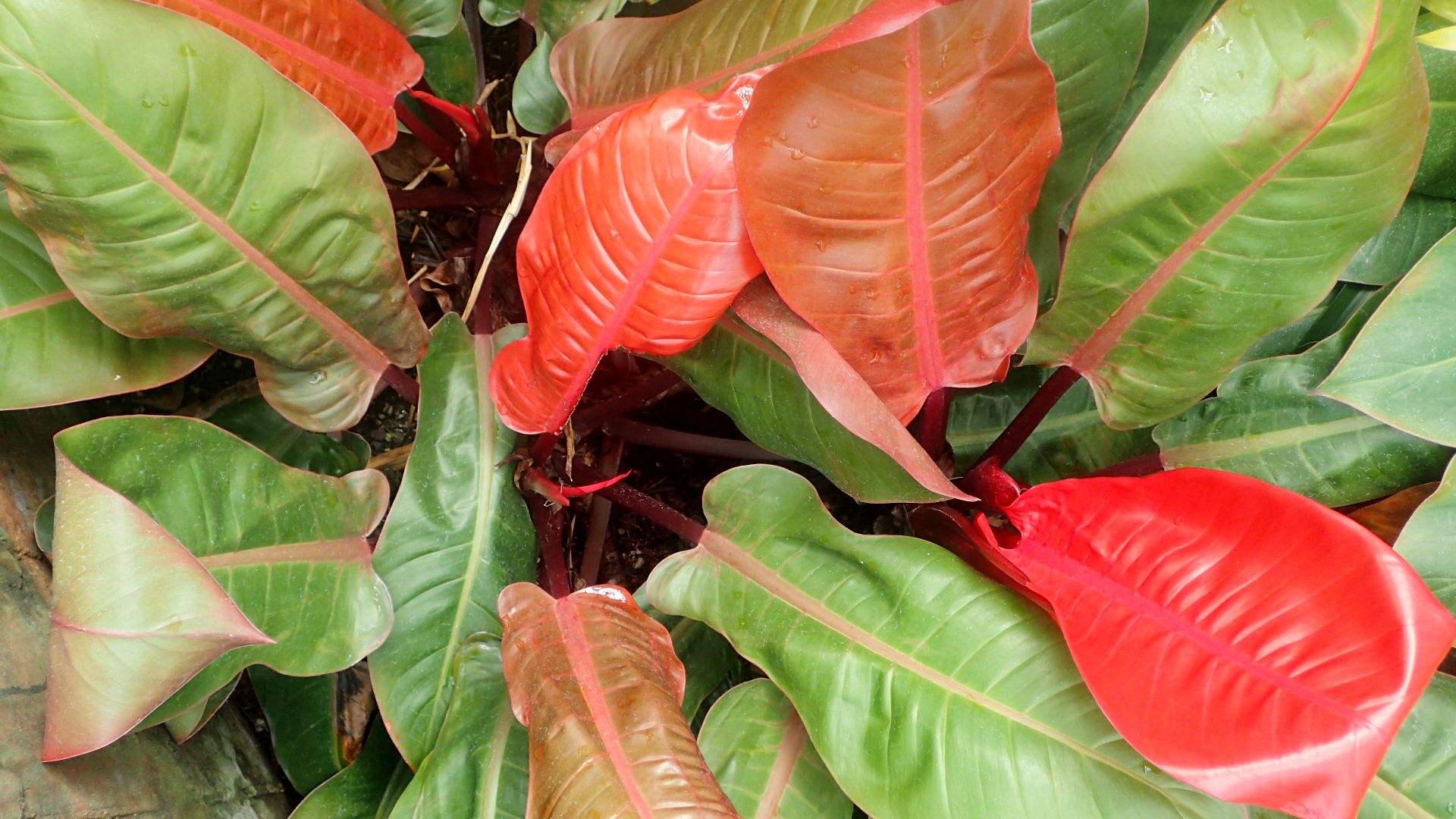 Krzysztof Ziarnek, Kenraiz on Wikimedia
Krzysztof Ziarnek, Kenraiz on Wikimedia
9. Climbing Sea Onion
The Bowiea volubilis isn’t actually an onion, but its long, root-like leaves shoot out from a bulb that sits outside of the soil. We wouldn’t say it's a pretty plant, but it is quite a sight to behold, making it an excellent talking point for your future guests.
10. Frizzle Sizzles
The Albuca spiralis, or the frizzle sizzle, is a whimsical little succulent native to South Africa. These plant leaves grow into little spirals, and even bloom vanilla-scented yellow flowers in the late winter and early spring. The frizzle sizzle does have a curly girl routine to keep its leaves intact and healthy, but they’re pretty low-maintenance as plants go.
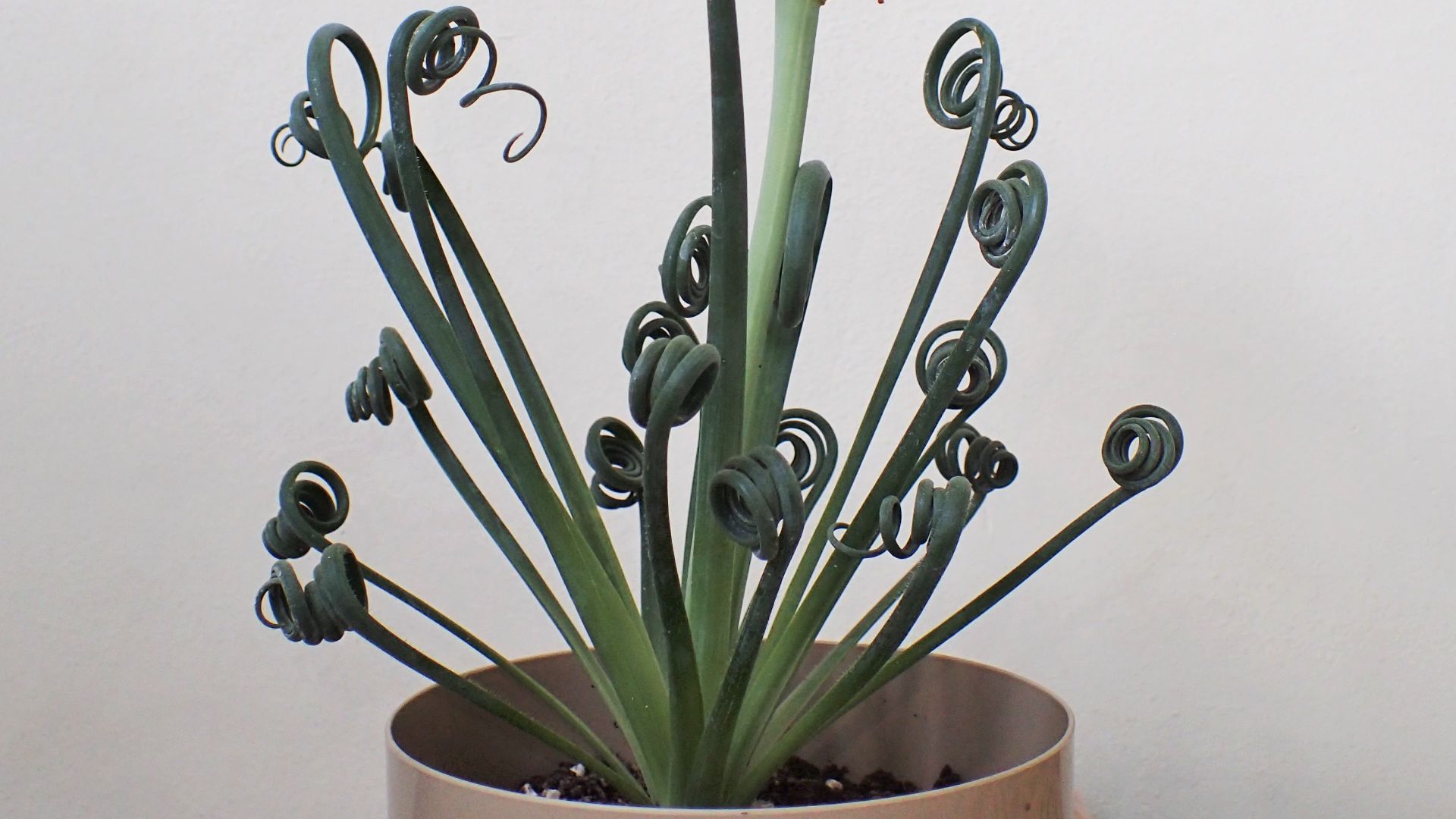 Krzysztof Ziarnek, Kenraiz on Wikimedia
Krzysztof Ziarnek, Kenraiz on Wikimedia
11. California Pitcher
This carnivorous plant, known also as the cobra lily, gets its name from the serpent-like curve of its leaves. The plant is a translucent green, often sporting hues of yellow and purple along its body. It’s quite an uncommon plant, only growing in marshy areas along the West Coast.
 NoahElhardt (talk · contribs) on Wikimedia
NoahElhardt (talk · contribs) on Wikimedia
12. Peperomia Frost
This unique plant is a part of the Piperaceae family, and resembles the heart-shaped leaves frequently seen among the pothos family. This plant gets its name from the lighter, almost iridescent silver coating on the thickest part of the leaf, with a darker green peeking through its crevices.
13. Mexican Butterwort
Native to a small geographical area between Nuevo León and Tamaulipas, the Pinguicula cyclosecta is a rosette-shaped plant with a gorgeous ombré of purple, green, and blue. The rosette gets no bigger than 3 inches, and blooms a beautiful purple flower come the spring.
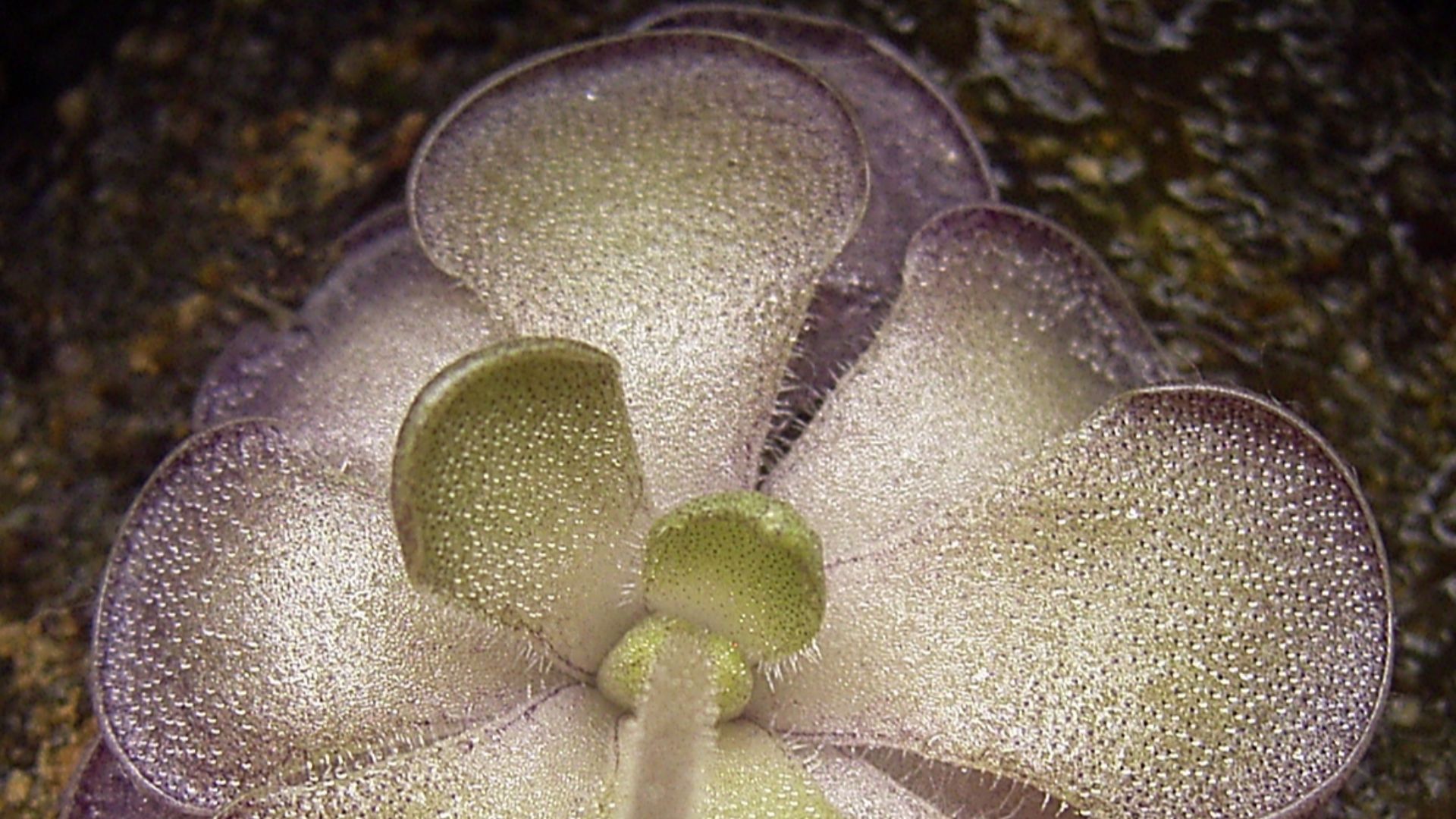 No machine-readable author provided. Denis Barthel assumed (based on copyright claims). on Wikimedia
No machine-readable author provided. Denis Barthel assumed (based on copyright claims). on Wikimedia
14. Lifesaver Plant
The Huernia Zebrina is a perennial succulent that grows creeping leaves that mimic a traditional cactus look. It gets its name from its warm-weather blooms, featuring a pentagon-shaped yellow flower with a plastic-looking red center - hence the name “Lifesaver.”
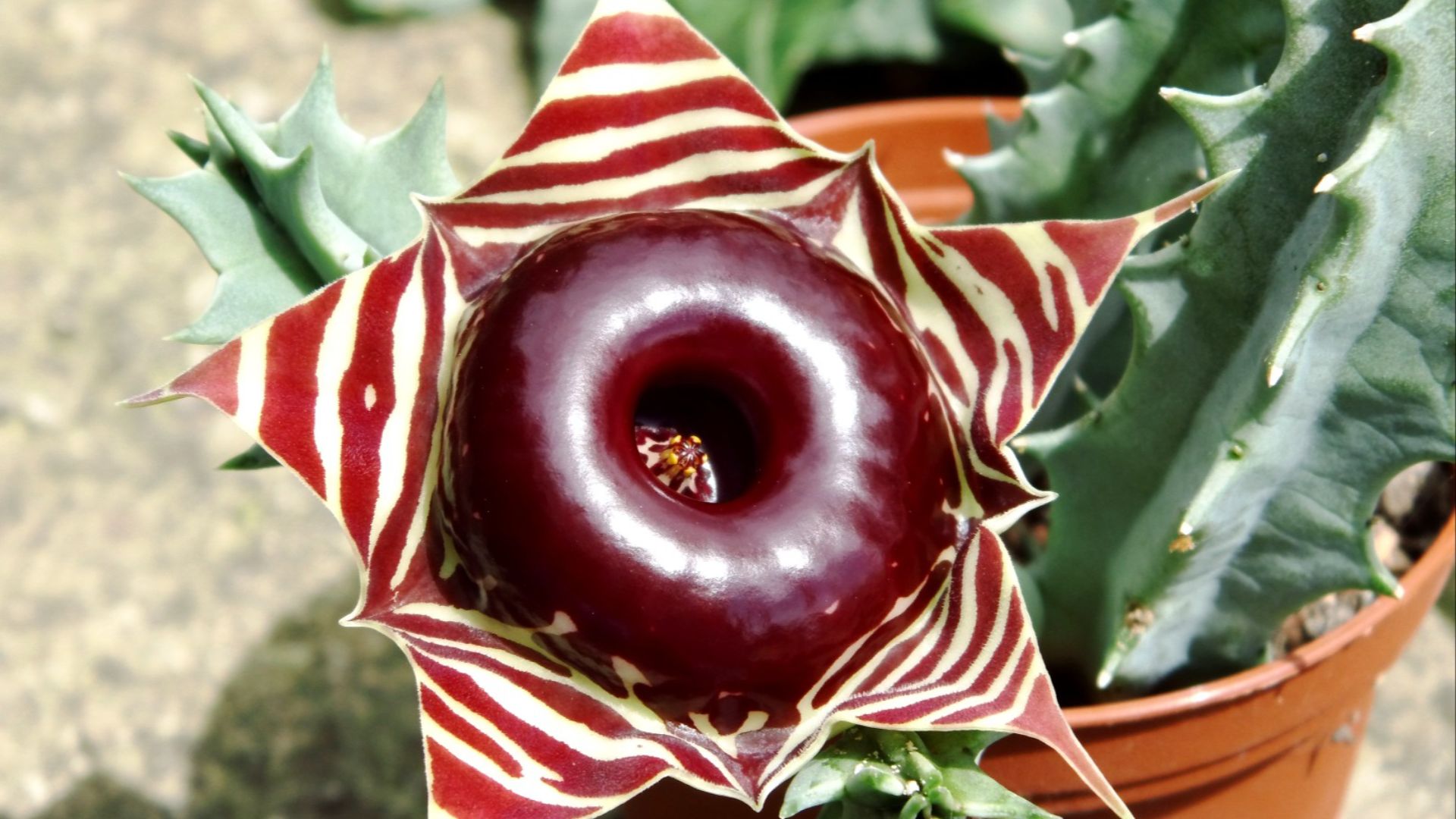 Skolnik Collection on Wikimedia
Skolnik Collection on Wikimedia
15. Trachyandra Tortilis
This exotic indoor plant is similar to the frizzle sizzle, with its fleshy leaves twisting and curling to create a ribbon-like appearance. They’re native to South Africa and Madagascar, making them a rare find for North American hobbyists.
16. Mazari Palm
This tough palm tree, known as the nannorrhops ritchian, comes from the high and dry areas of Iran, Afghanistan, Pakistan, and India. The leaves mimic the shape of an open fan, or a rake, with each leaflet growing up to nearly 50 inches. They’re not easy to grow indoors, requiring full sunlight and high temperatures, but they may do well in a greenhouse.
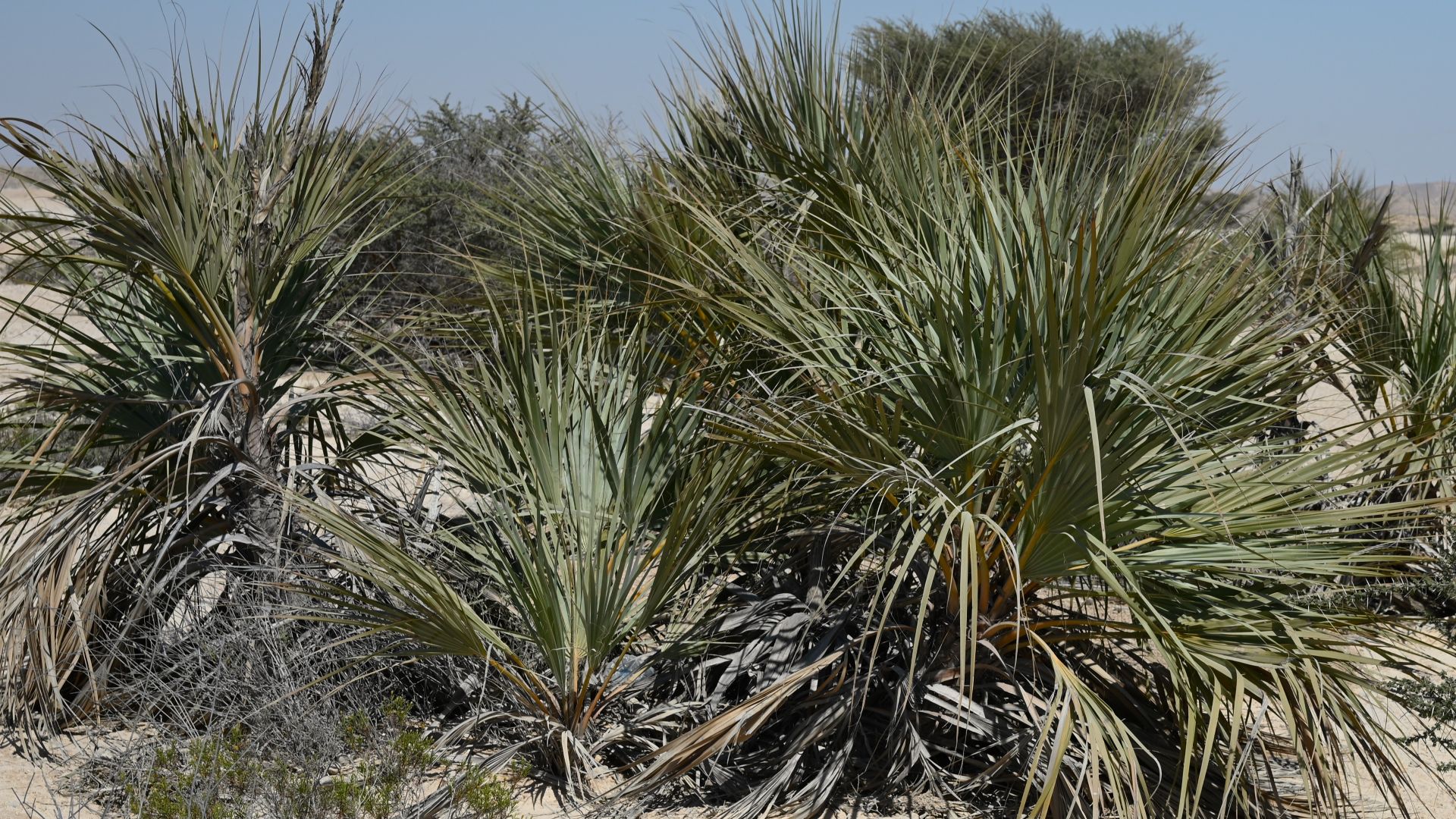 Krzysztof Ziarnek, Kenraiz on Wikimedia
Krzysztof Ziarnek, Kenraiz on Wikimedia
17. Cement Leaf Plant
The Titanopsis calcarea is native to South Africa and gets its name from its ability to camouflage with the surrounding rocks. At its root, the succulent is a forest green color, but grows a rough, bumpy pattern on its tips. The word “calcarea” actually means “limestone-like,” as the plant is usually found in limestone outcroppings.
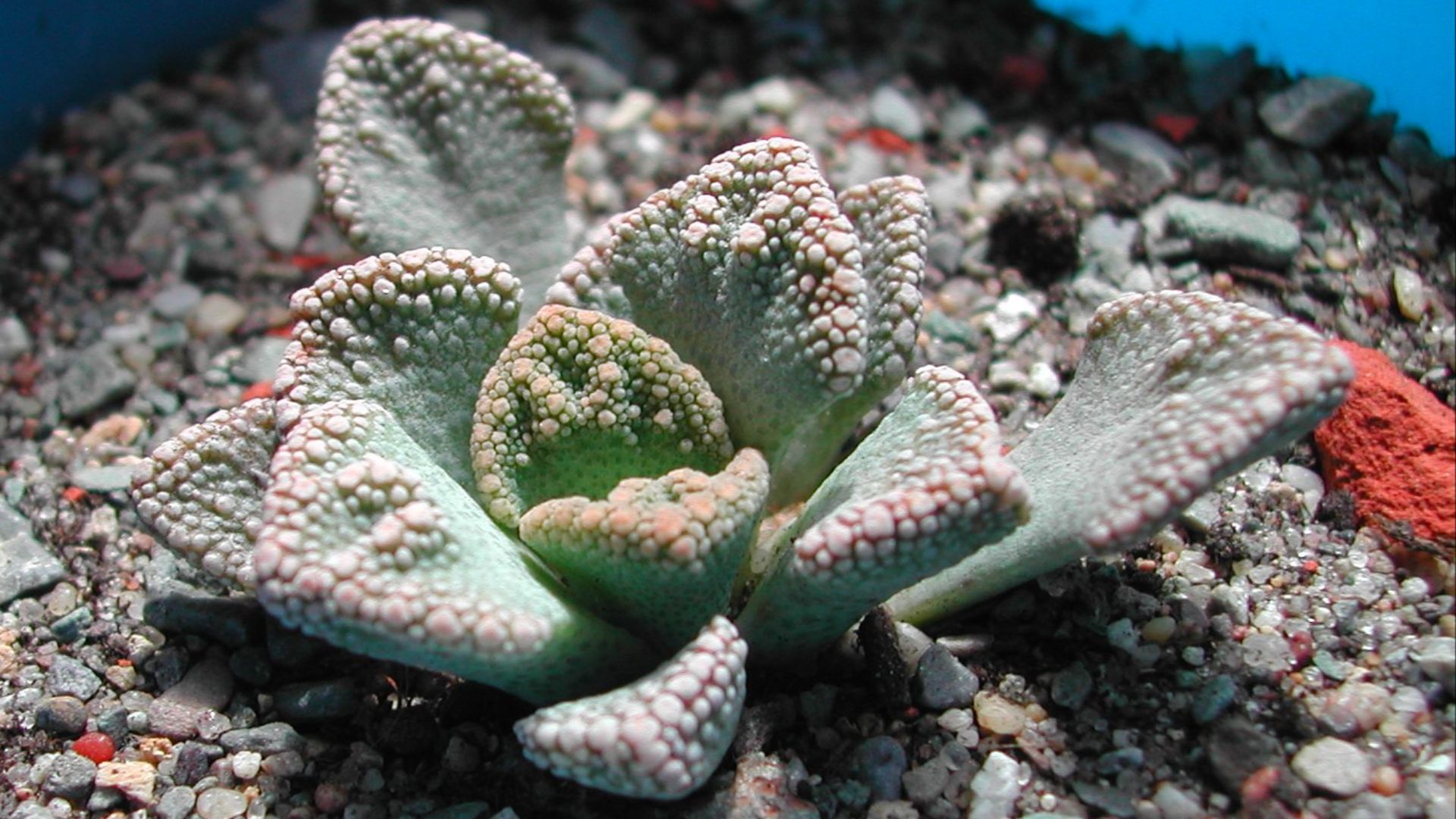 photographed by Ivan I. Boldyrev on Wikimedia
photographed by Ivan I. Boldyrev on Wikimedia
18. Sensitive Plant
The Mimosa pudica is a creeping shrub that’s well-liked for its fascinating leaf movements. When touched, the tiny hairs on the plant's leaves fold inward as a sort of natural defense. They're not the easiest to grow, requiring a full 8 hours of full sunlight and decently high humidity.
 Binoyjsdk at Malayalam Wikipedia on Wikimedia
Binoyjsdk at Malayalam Wikipedia on Wikimedia
19. Sundew
The Drosera is one of the largest species of carnivorous plants. They have long red tentacles with a sticky gland on the tip, which look like droplets of morning dew. Instead of snapping down on its prey, the Sundew smothers its victim with its tentacles. Nature is so cool.
20. Bat Flower
This flowering plant, known as the Tacca chantrieri, is actually a part of the yam family. It’s a self-pollinating plant with long whisker-like leaves and wing-shaped petals. One of the most interesting parts about this plant is its color, featuring a dark, dusty rose hue that looks straight out of The Addams Family.


